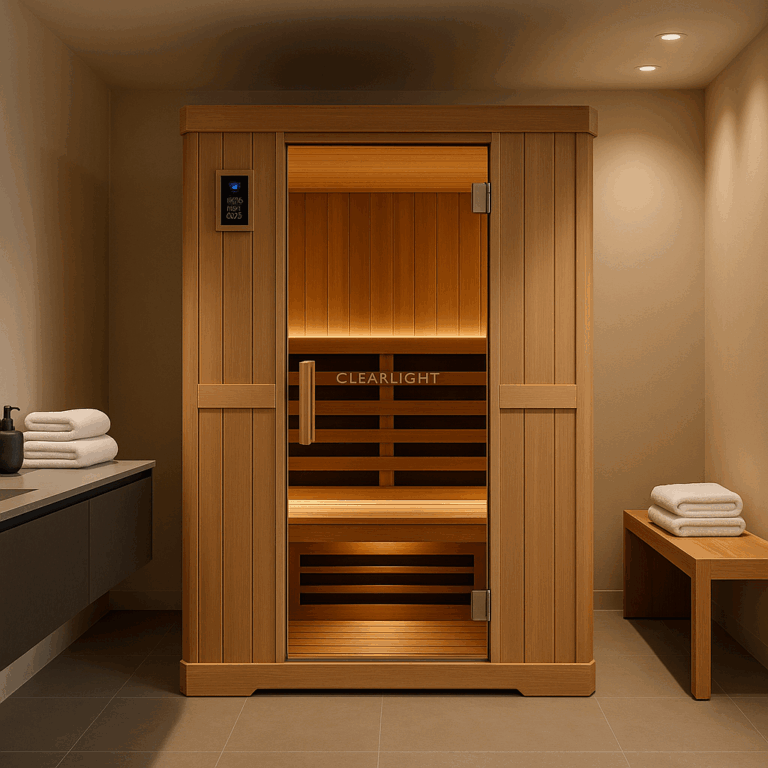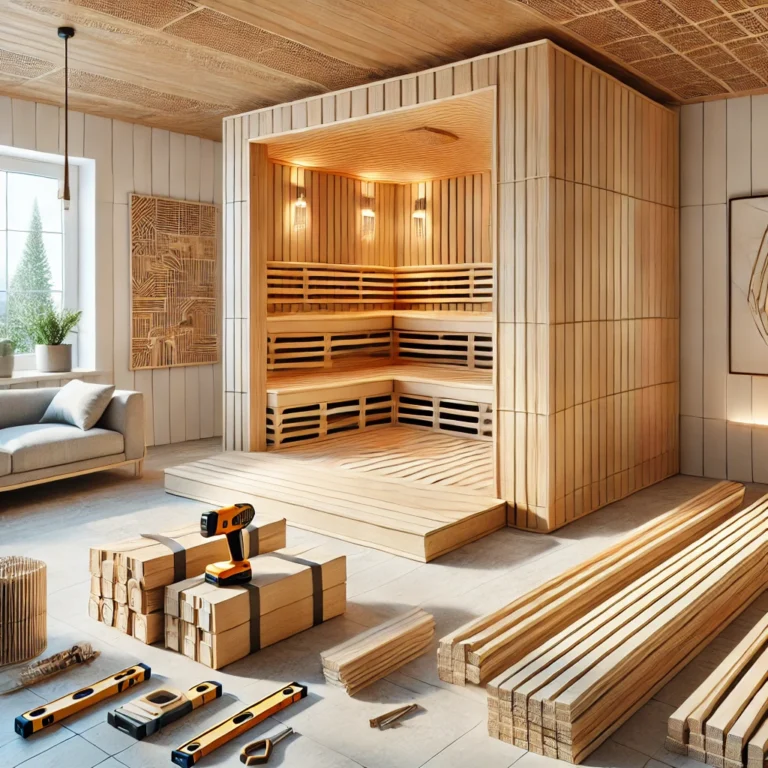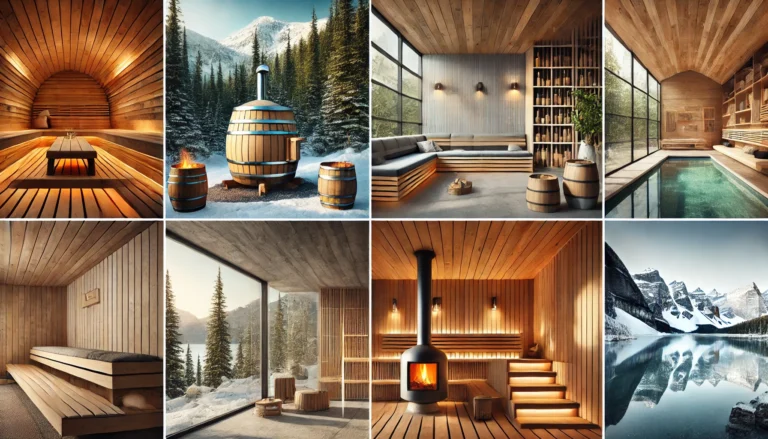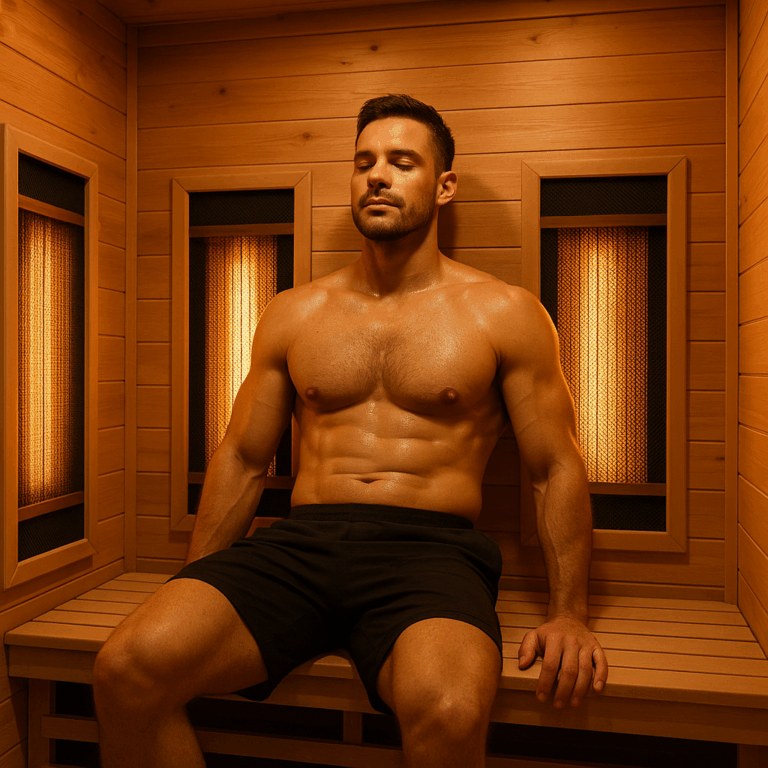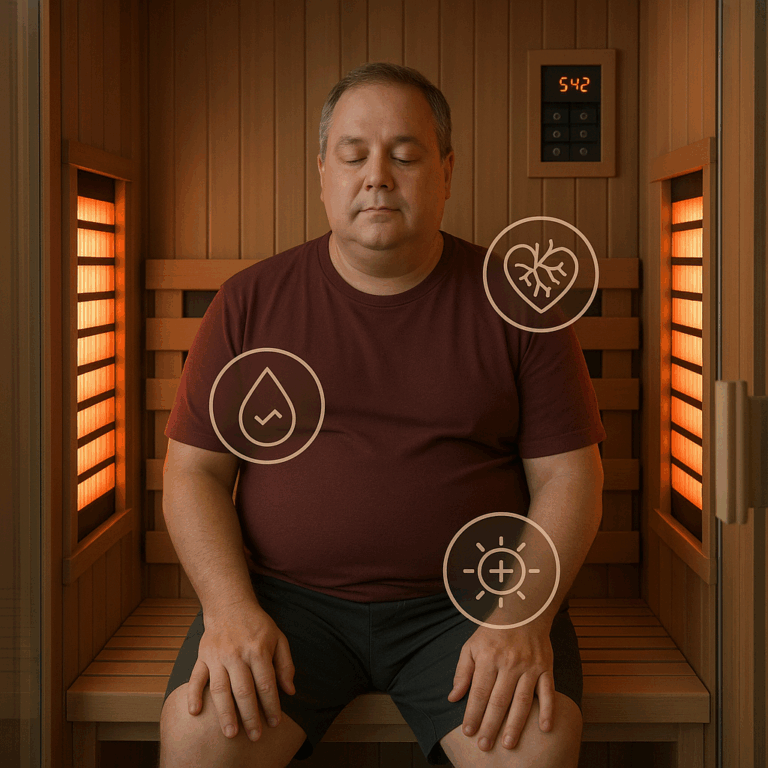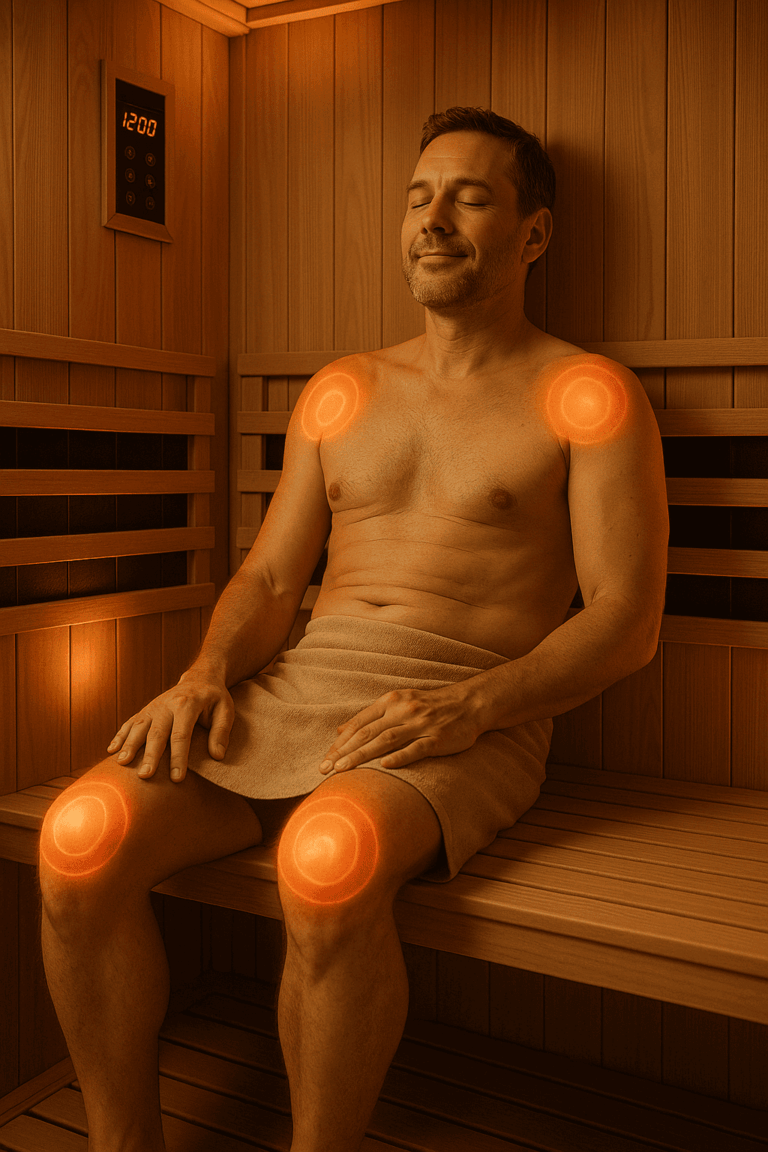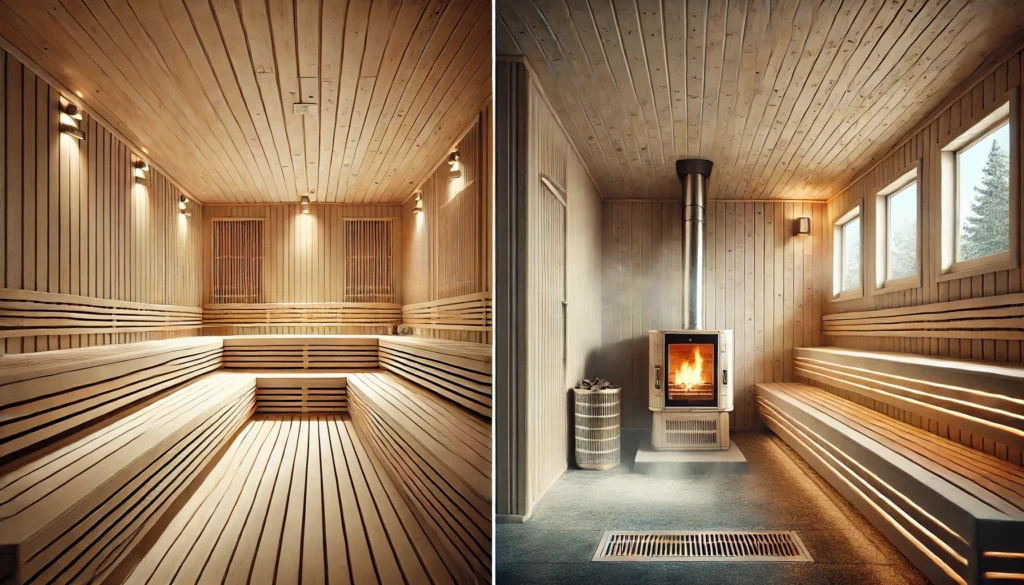
With wellness becoming a cornerstone of modern living, more consumers are investing in home or commercial saunas. But one key question often arises: Is it worth paying extra for an imported sauna when there are locally made alternatives available?
The answer lies not just in upfront pricing, but in the long-term value equation—a combination of materials, performance, durability, energy efficiency, aesthetics, and resale potential. This article provides an objective comparison of imported vs. locally made saunas to help you make the most informed investment.
Manufacturing Quality and Craftsmanship
Imported Saunas
High-end imported saunas, particularly from countries like Finland, Germany, and Canada, are recognized for:
- Precision-engineered joinery and minimal heat loss
- Kiln-dried, slow-grown timber (e.g., Nordic Spruce, Hemlock, Thermo-Aspen)
- Strict quality controls and product certifications (CE, CSA, UL)
- Artisanal wood selection and multi-layer insulation for heat retention
These saunas are often hand-finished and designed for longevity under constant high temperatures and humidity cycles.
Locally Made Saunas
Domestic manufacturers vary in quality depending on brand and region. While many U.S. brands offer excellent infrared systems:
- Materials are often chosen for availability and cost efficiency (e.g., Cedar, Basswood, Poplar)
- Craftsmanship may be machine-assembled rather than hand-crafted
- Joinery and insulation may be adequate but not engineered to the same standard
Some local brands offer modular kits and fast production, which can compromise build precision.
Conclusion: Imported saunas typically offer higher-grade craftsmanship and stricter performance tolerance—especially important for long-term reliability.
Heat System Technology and Performance
Imported Saunas
- Known for traditional electric and wood-burning heaters with decades of engineering behind them (e.g., Harvia, TylöHelo)
- Even, high-output heat distribution with integrated rock trays for true löyly (steam burst) effect
- Low-EMF infrared systems in modern European and Canadian hybrids
- Durable control panels, thermostats, and heating elements with low failure rates
Local Saunas
- Strong in infrared sauna innovation, often using third-party or OEM panels
- Plug-and-play systems more common; easier installation but lower peak temperatures
- Less focus on steam performance, more emphasis on gentle dry heat
- Electronic controls may lack multi-zone features or precision over time
Conclusion: Imported saunas dominate traditional heat systems, while locally made models excel in infrared convenience but may trade off long-term heating consistency.
Materials and Wood Quality
| Feature | Imported Models | Locally Made Models |
|---|---|---|
| Wood Type | Nordic Spruce, Thermo-Aspen, Hemlock | Cedar, Basswood, Poplar |
| Source | FSC-certified, slow-growth forests | Regionally sourced or commercial-grade |
| Heat Resistance | Superior thermal expansion control | May warp over time with poor airflow |
| Interior Finish | Hand-sanded, low-resin, splinter-free | Varies based on model and price tier |
Imported woods are often selected for their low aromatic resin, smooth grain, and durability—key traits in a high-temperature, high-humidity environment.
Price Comparison: Upfront and Long-Term Cost
| Model Type | Imported Sauna | Locally Made Sauna |
|---|---|---|
| 2-Person Infrared | $3,500 – $6,000 | $1,800 – $3,500 |
| 3–4 Person Traditional | $5,500 – $9,000 | $3,000 – $6,000 |
| Outdoor Cabin (4–6 Person) | $8,000 – $14,000+ | $5,000 – $9,000 |
While imported saunas command a higher initial cost, they generally feature:
- Longer warranties (often 5+ years)
- Lower failure rates
- Higher resale value
- Lower heat-up energy loss, saving on operational cost
Conclusion: Local models offer price accessibility, but imported models often outperform over a 10–15 year lifecycle.
Aesthetics and Design Integration
Imported
- Clean European lines and minimalist architecture
- Seamless glass doors, hidden lighting, and engineered symmetry
- More likely to be featured in luxury homes, spas, and retreats
Local
- Functional, utilitarian design prioritized over finish
- LED lighting, Bluetooth audio, and touch panels appeal to tech-forward consumers
- Easier to customize quickly but rarely achieve architectural-grade design
Conclusion: Imported models often double as interior design elements, blending function with refined aesthetics.
Customer Support, Availability, and Lead Time
- Locally made saunas often have shorter lead times, easier customer support, and better service logistics in North America.
- Imported models may involve:
- Longer shipping (4–10 weeks)
- Higher freight costs
- Delays due to customs or import regulations
However, imported brands usually offer highly specialized support and curated installation services.
Who Should Invest in Imported Saunas?
Choose an imported sauna if you:
- Are building a luxury home or spa
- Value traditional heat systems
- Want the highest durability and premium wood aesthetics
- Expect to use the sauna 3–7 times per week
- Need resale value or commercial-grade performance
Choose a locally made sauna if you:
- Need quick delivery and installation
- Prefer infrared or plug-and-play options
- Are limited by budget or installation space
- Want entry-level wellness integration in your home
Conclusion: Is the Extra Cost Worth It?
For wellness enthusiasts, spa owners, and serious sauna users, imported saunas offer superior performance, longevity, and aesthetic refinement—justifying the additional cost over time. For casual users, beginners, or those seeking lower-cost infrared convenience, local models provide a practical and functional solution.
Ultimately, it comes down to priorities: upfront savings vs. lifetime value. If you view your sauna as a long-term health investment—not just an appliance—the imported model is likely worth the extra cost.
